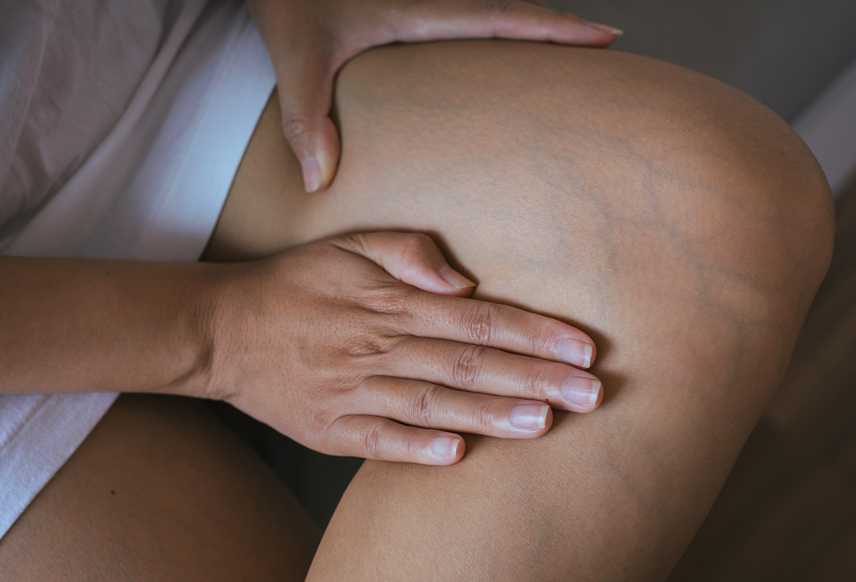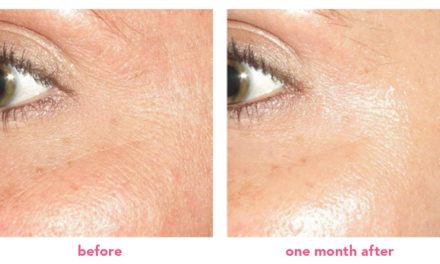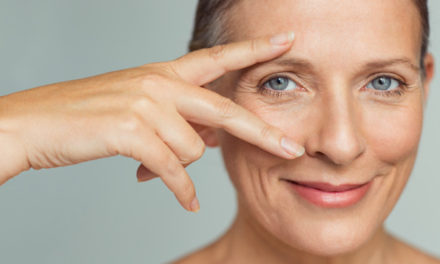What exactly are varicose veins and spider veins? Varicose veins and spider veins are both types of enlarged, twisted veins that appear just under the skin. Spider veins are the milder form and appear like thin, red lines forming a web-like network or lattice pattern on the skin surface. Varicose veins are enlarged and twisted and appear just under the skin. Lower legs are typically affected.
What causes varicose veins and spider veins? These occur due to underlying venous insufficiency, a term commonly used by medical specialists. Normally, veins carry blood from the peripheries of the body to the heart. Veins in the leg have valves inside them to prevent blood from flowing backward since it travels against gravity upward. Due to a variety of reasons, these valves can become defective and start leaking over time, which allows blood to flow backward within the vein. Subsequent pooling of blood in the lower legs leads to congestion, resulting in dilated veins.
Does lifting weights or heavy exercise cause varicose veins and spider veins? No. However, due to increased blood flow through legs during heavy exercise, varicose veins may become more engorged and appear prominent.
Can you do anything to prevent varicose veins and spider veins? Preventing them from occurring is hard because we don’t know what makes a particular individual more prone to the condition versus another. However, people who are required to stand for long periods of time may benefit from wearing support hose.
Are there exercises to prevent spider or varicose veins? Not really.
Are there exercises to help with varicose veins? None in particular. However, regular leg elevation and support hoses may help.
What are my treatment options and recovery time? Once the diagnosis is clinically established by a specialist, usually a vascular surgeon, treatment can be tailored based on an individual’s symptoms and lifestyle.
Treatment options included graduated compression stockings (ideally prescribed by the physician) and venous ablation therapy, a minimally invasive technique of repairing the valves on veins that leak to prevent backflow congestion in the lower legs. Surgical therapy is increasingly outdated. Venous ablation techniques include radiofrequency ablation (RFA) and laser therapy. Both are equally effective. They are typically an outpatient procedure and performed under local anesthesia. There is no downtime and restrictions are few. Most people return to their daily routines soon afterward. A vascular specialist can provide more detailed information regarding various treatment options.
Dr. Anton Dias Perera and Dr. Prateek K. Gupta are board-certified vascular surgeons specializing in the treatment of complex vascular disease. The Vascular and Vein Institute of the South offers a broad range of services, including outpatient angiography and endovascular intervention, vascular laboratory studies, varicose vein care, and prosthetics. They have achieved excellence in treatment of peripheral arterial disease and limb preservation in patients with cardiovascular disease. The Vascular and Vein Institute of the South is the largest group of board-certified vascular surgeons in the Mid-South.







